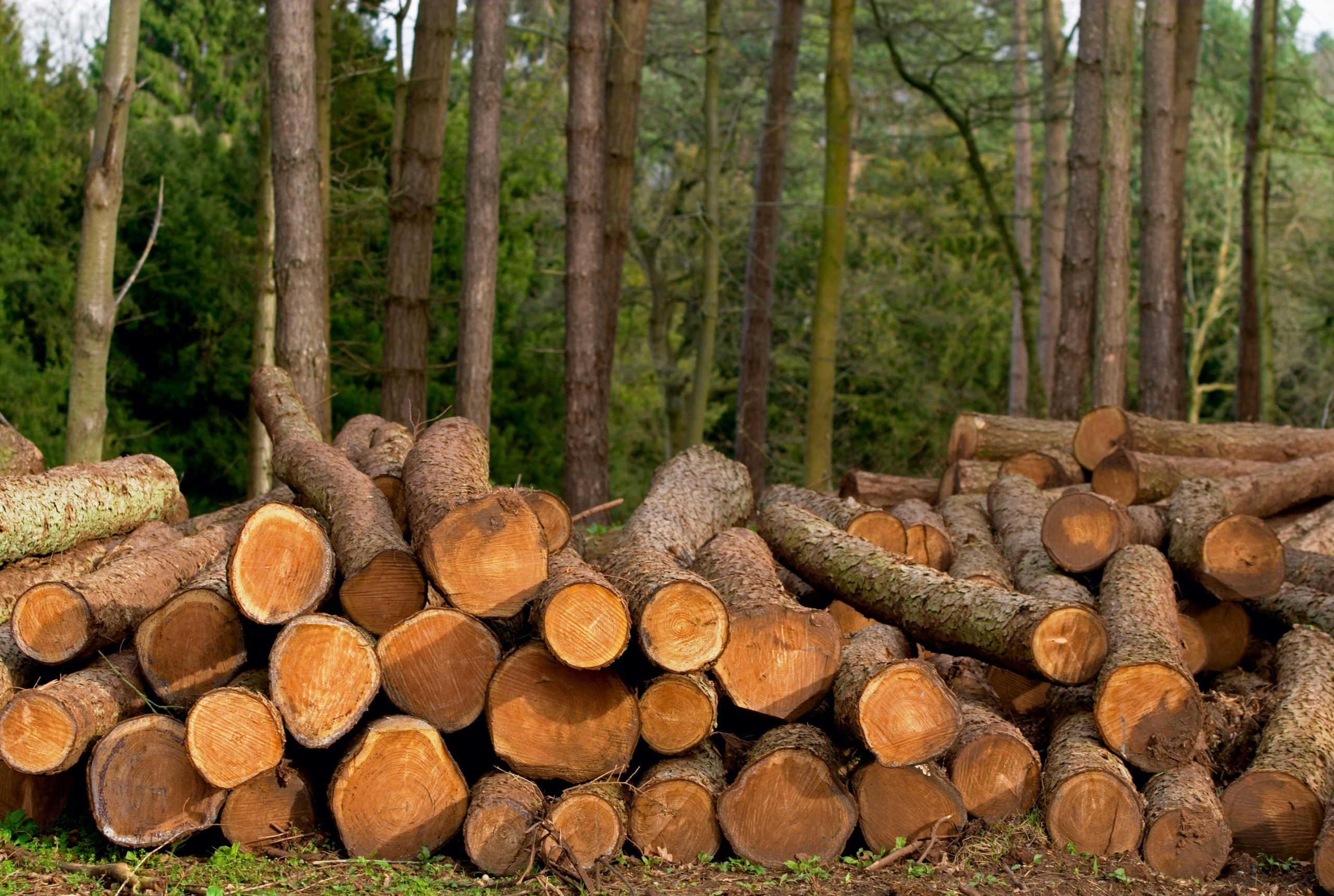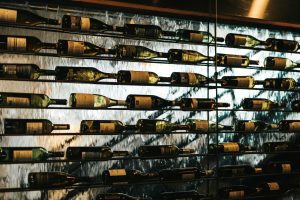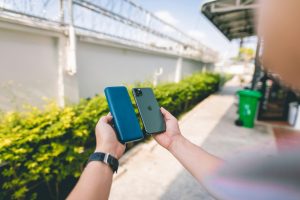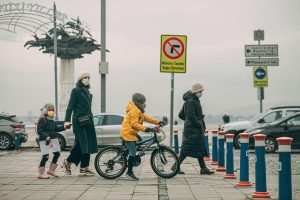Dubai’s Sustainable Developments: Eco-Friendly Projects in the Desert
Dubai, known as the land of luxury and extravagance, has also been making strides in sustainable development. While many may think of the desert landscape as being incompatible with eco-friendly projects, Dubai has proven them wrong. The city has been implementing innovative and ambitious sustainable projects that have not only helped preserve the environment, but have also improved the quality of life for its residents. In this article, we will explore some of Dubai’s sustainable developments in the desert and how they are paving the way for a greener future.
The Dubai Solar Village
Located in the heart of the Arabian desert, the Dubai Solar Village is a prime example of the city’s commitment to sustainable living. The village is a self-sufficient, solar-powered community that uses innovative techniques to harvest and store energy from the sun. It is a perfect blend of traditional Arabian architecture and modern technology, showcasing that sustainable development does not have to sacrifice cultural identity.
Design and Features
The village consists of 600 residential units, each equipped with solar panels to generate electricity. The buildings are designed to maximize natural light and ventilation, reducing the need for artificial lighting and air conditioning. The roofs of the buildings also have a layer of solar-reflective paint, which helps to keep the interiors cool and reduce energy consumption. The community also has its own waste management system, where organic waste is turned into compost for use in the community gardens.
Impact on the Environment
The Dubai Solar Village has significantly reduced its carbon footprint, with almost zero greenhouse gas emissions. It has also conserved natural resources by reducing energy and water consumption. The use of solar energy has reduced the village’s dependence on non-renewable energy sources, making it a more sustainable option for the future.
The Sustainable City
The Sustainable City is a purpose-built community in Dubai that aims to be a model for sustainable living. The community is spread over 46 hectares and has been designed to minimize its impact on the environment. It is a car-free community, and all modes of transportation within the city run on clean energy.
Green Features
The Sustainable City boasts a range of green features, including solar panels on rooftops to generate electricity, and an underground system that collects and recycles greywater for irrigation. The community also has a dedicated urban farm that produces organic fruits and vegetables for the residents and reduces the carbon footprint of importing food. The buildings are designed to be energy-efficient and have green spaces incorporated into their design to promote biodiversity.
Positive Impact
The Sustainable City has not only helped decrease carbon emissions and conserve resources, but it has also improved the quality of life for its residents. The community encourages a more active lifestyle, with cycling and walking being the primary modes of transport. The farm-to-table concept has also promoted healthy eating habits, and the vast greenery in the community has provided a much-needed relief from the concrete jungle of the city.
The Floating Seahorse Villas
The Floating Seahorse Villas are another example of Dubai’s innovative sustainable developments. These villas are designed to be partially submerged in the water, and their unique design also has a positive impact on the marine ecosystem.
Sustainable Living in the Sea
The villas have three levels, with the underwater level featuring a coral garden that encourages marine life to make their home. They also have smart technology to control energy usage and reduce waste. The villas have a solar-powered system, and the surrounding water provides natural cooling, reducing the need for air conditioning.
Preserving the Marine Ecosystem
The Coral Institute of Europe has collaborated with the developers of the Floating Seahorse Villas to create a coral nursery in the vicinity. The nursery helps to preserve and restore coral reefs, and the developers also provide educational tours for residents and visitors to raise awareness about marine conservation. The presence of these villas also attracts a variety of marine life, making it a unique and eco-friendly experience for residents.
From solar-powered communities to underwater villas, Dubai has shown that the desert is not a hindrance when it comes to sustainable development. These projects have not only reduced the city’s carbon footprint but have also enhanced the standard of living and helped preserve the natural beauty of the region. With more initiatives like these, Dubai is on its way to becoming a leading example of sustainable living in the world.







